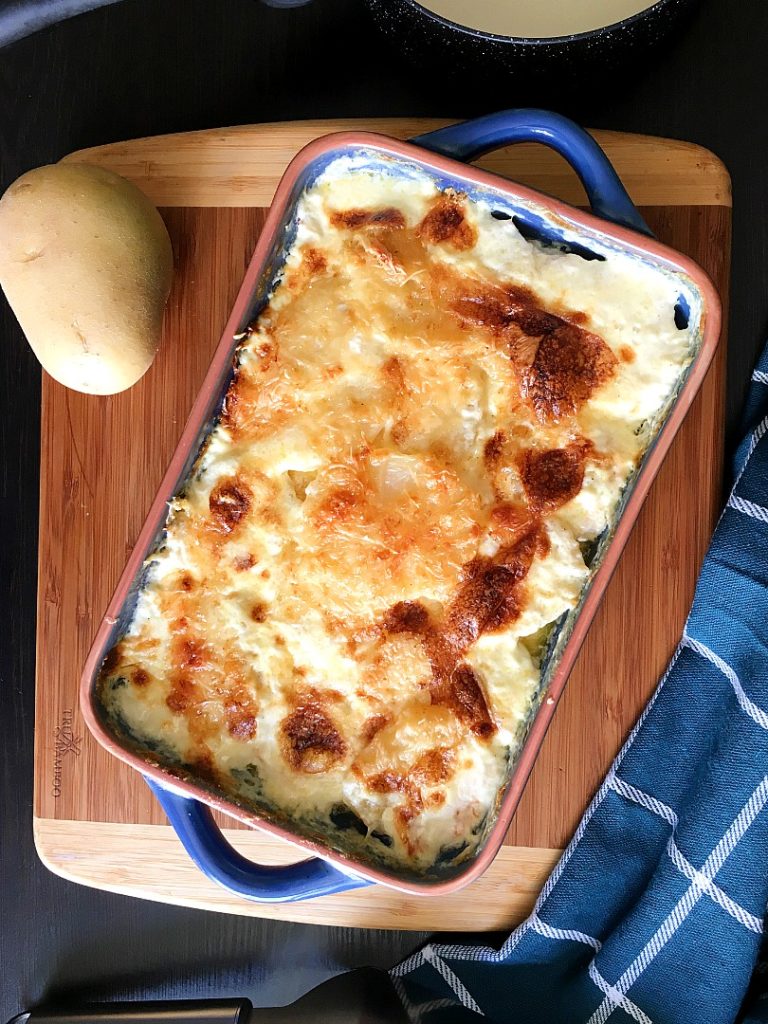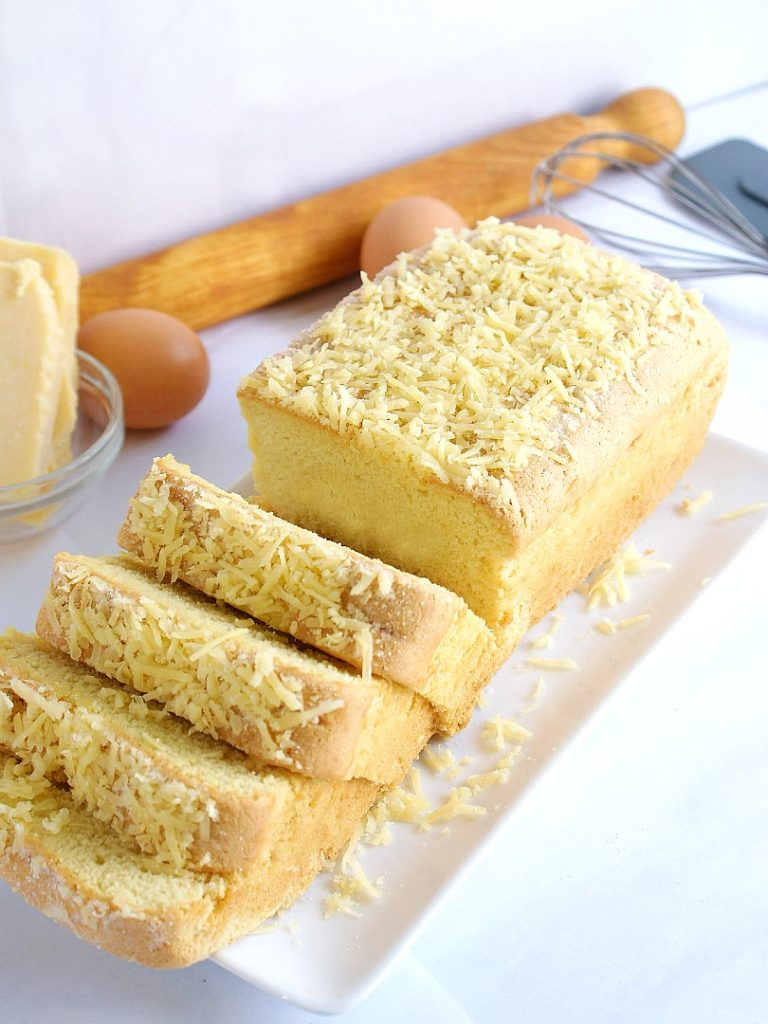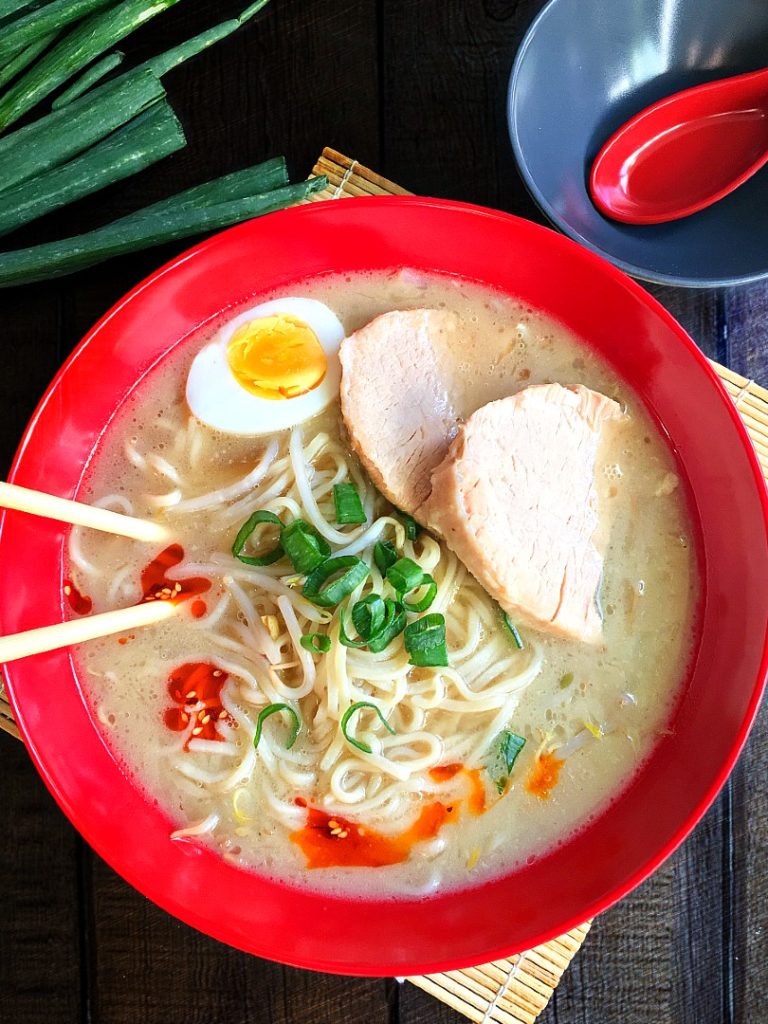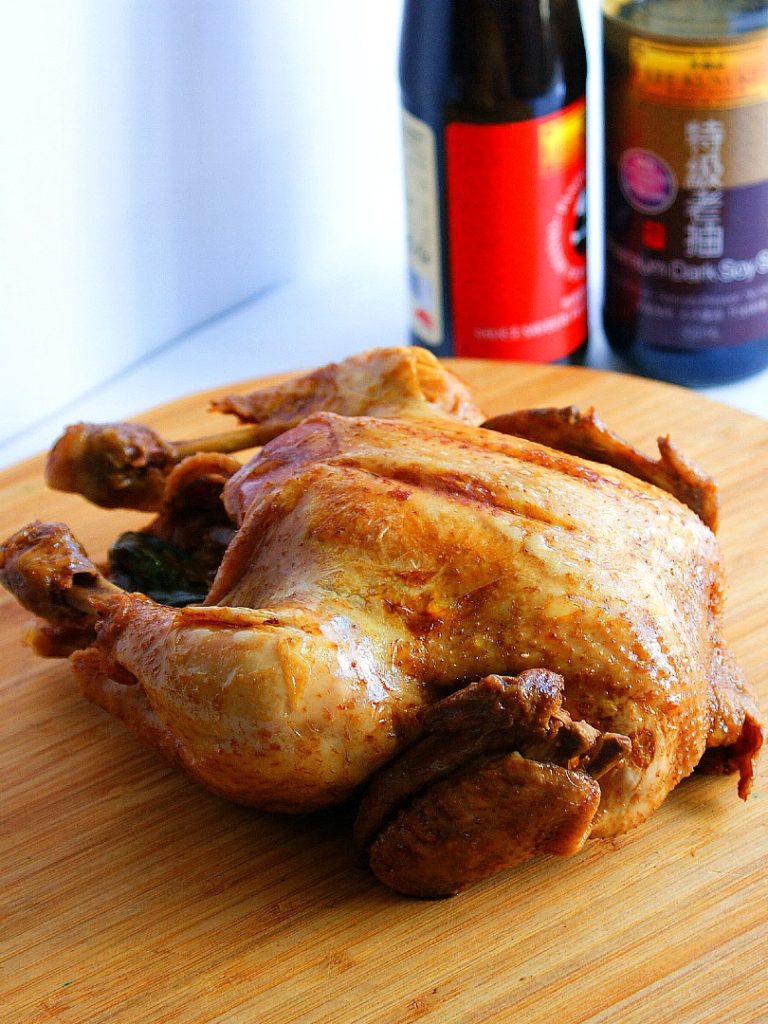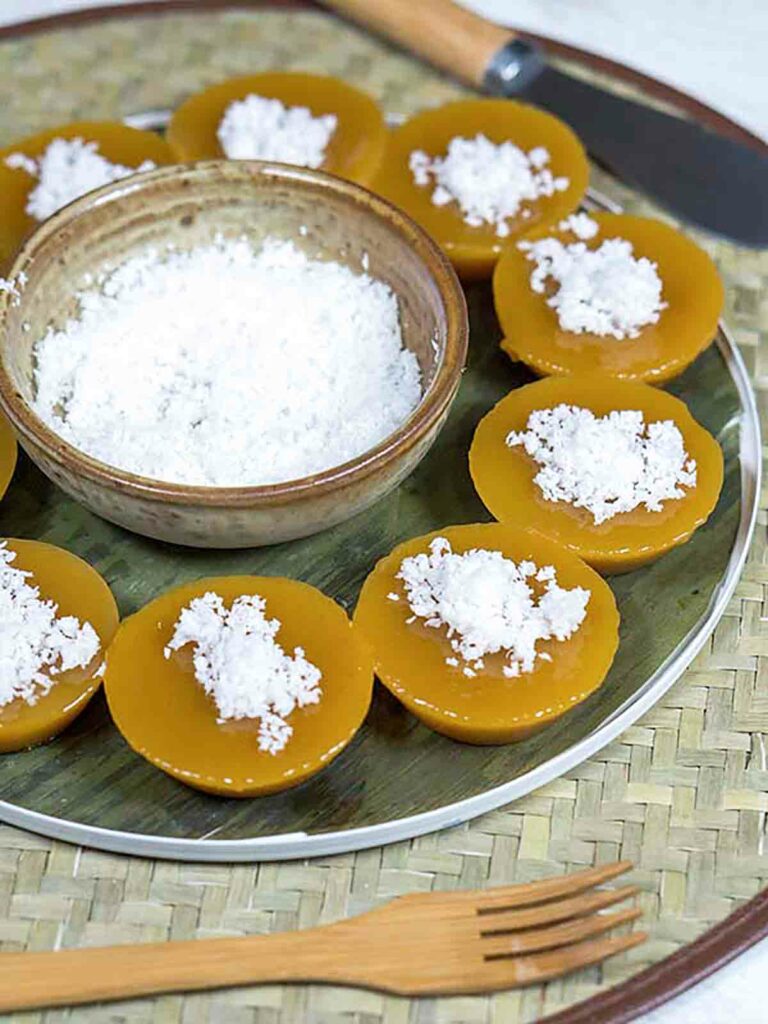Mochi Kapampangan
Mochi Kapampangan with caramelized grated coconut filling inside a chewy rice cake. Slathered with sweetened coconut milk to make it a delightful native delicacy.
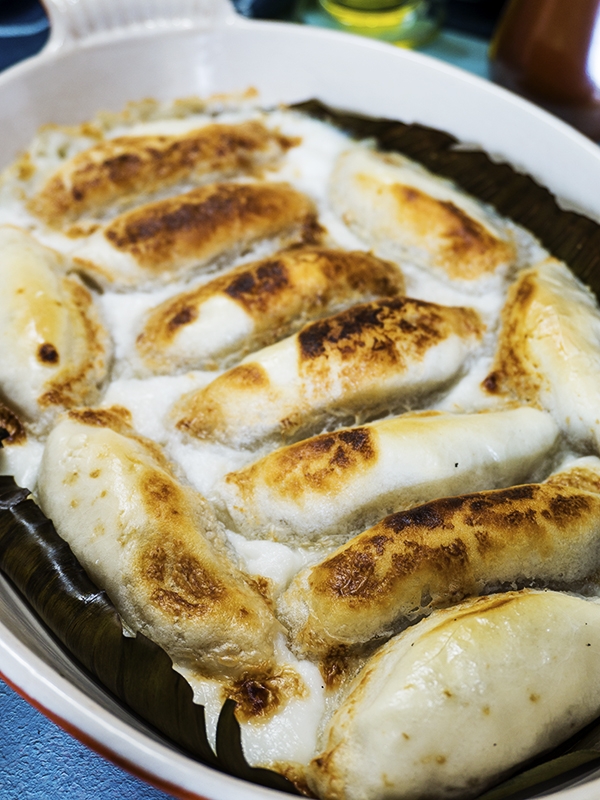
As a Kapampangan, we pride ourselves with our delicacies. And this version of the Japanese mochi is one of them. It’s not just the locals who love this kakanin but also neighboring provinces enjoy them. If you love Pampanga delicacies, this homemade mochi recipe is for you!
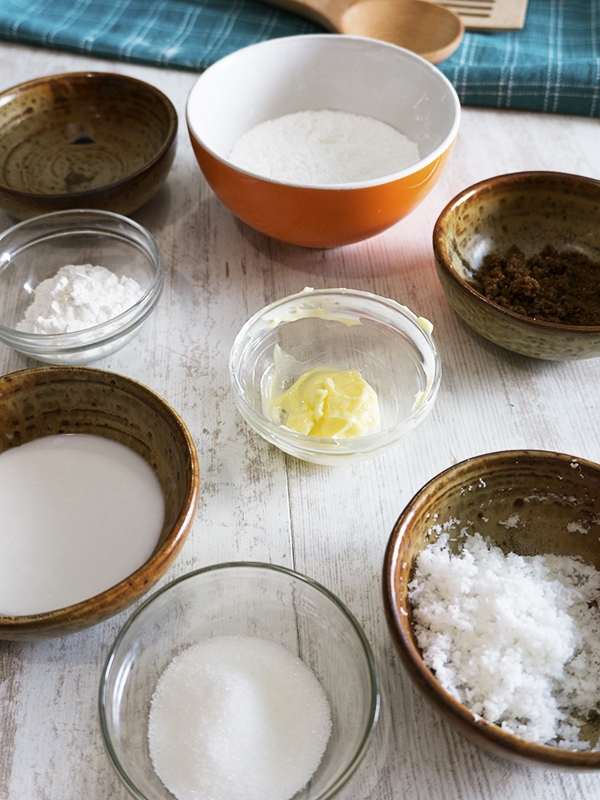
What is Mochi?
Mochi is Japanese rice cake filled with sweetened red bean paste from azuki beans. The cake itself is made from short-grain glutinous rice pounded into paste then molded into balls. Mochi Kapampangan on the other hand uses glutinous rice flour and sweetened coconut filling. Another breed of mochi that is gaining popularity is the mochi ice cream. The ice cream filled mochi comes in a variety of flavors and it’s something that I want to try next.
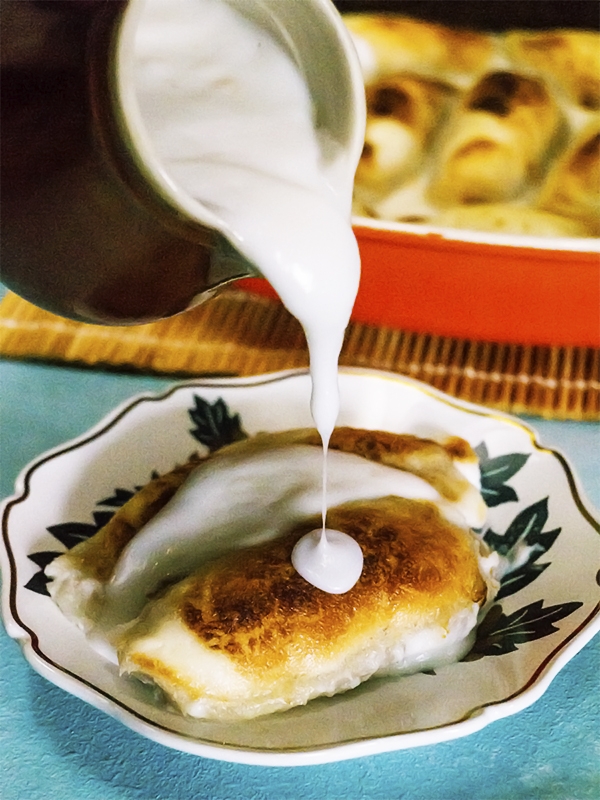
Tips for making mochi
Use warm water when making the galapong or the rice cake. This keeps it elastic and moist.
Make the filling ahead of time because it needs to be cold when filling the rice. This prevents the rice cake from bursting while wrapping the filling.
Coconut milk or coconut cream can both be used for making the sauce/topping. Both are creamy and this delicacy is not complete without it.
All-purpose flour or rice flour can be used as a thickening agent for the sauce.
For longer shelf life, add glucose in the filling and store the mochi in an airtight container in the refrigerator.
If you can’t find fresh grated coconut for the filling, you can use dried coconut flake but you need to hydrate it by adding water.
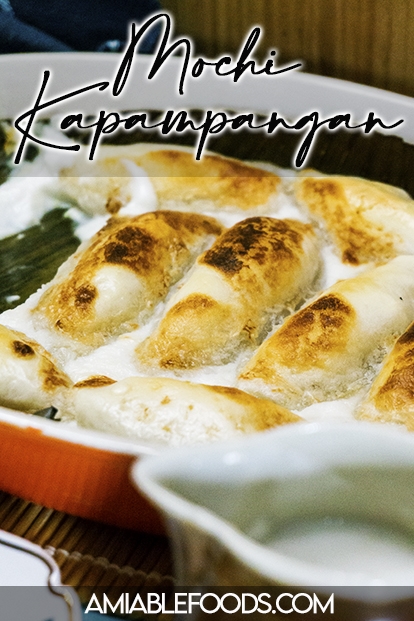
The secret ingredient is always LOVE
You might also like:
Biko Kalamay – Sweet, sticky rice cake made with glutinous rice, coconut milk, and brown sugar. Top it off with latik or coconut curd and you’re good to go!
Bibingka – It’s a type of rice cake native to the Philippines traditionally made from galapong (milled glutinous rice).
Buchi Ube – is a variation of the fried Chinese pastry which is made of glutinous rice flour.
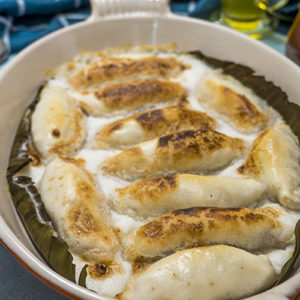
Mochi Kapampangan
Ingredients
For the filling
- ¼ cup butter
- ½ cup hydrated coconut flakes (shredded)
- 3 tbsp water (for hydrating coconut flakes)
- ¾ cup brown sugar (add more depending on preference)
- ¼ tsp salt
For rice cake
- 2 cups glutinous rice flour
- 1 cup warm water (add more if needed)
- 2 liters water for boiling the mochi (adjust if needed)
For sauce or topping
- 1 ½ cup coconut milk (or coconut cream)
- 2 tbsp granulated sugar (add more depending on preference)
- 2 ½ tbsp rice flour (or all-purpose flour)
Instructions
Making the filling
- In a pan melt butter over low-medium heat. Add brown sugar until caramelized then tip in grated coconut or coconut flakes. Stir until well incorporated.
- Once the coconut is translucent and rendered moist, taste and adjust sweetness according to preference. Remove from heat and transfer in a bowl to completely cool down. Set aside.
Making the galapong/rice cake
- Mix glutinous rice flour and warm water until dough forms.
Assembly
- Once the filling is completely cold. Scoop 1 ½ tbsp of rice dough and mold it into a ball using palm of your hands. Flatten by hand to make a round shape approx. 2 ½ inches in diameter.
- Place 1 ½ tbsp of coconut filling in the center of the dough and fold. Using your fingers pinch the edges of the dough to seal. Mold the mochi into oval shapes by folding the sides.
- Place water in a pot and bring to a boil. Once the water is boiling, tip in the mochi in batches of 3. Once the mochi floats, remove from the pot and arranged in a baking dish/pan. Set aside.
Make the sauce.
- Pre-heat oven at 180°C or 356°F. Grill setting.
- In a sauce pan pour coconut milk. Add sugar and rice flour. Stir until no traces of flour is left.
- Place the sauce pan on the stove and cook over low-medium heat. Continue stirring until sauce thickens but still pourable.
- Pour the cooked sauce over the mochi but leave some for toppings. Place the mochi in oven and bake for 20 minutes or until the top part of mochi is slightly torched.
- Remove from and serve while warm and top with remaining sauce. Bon appetit!
Notes
- No need to hydrate if using fresh grated coconut.
- For frozen grated coconut, thaw in room temperature before using.
- You can line the baking dish or pan with banana leaves.

